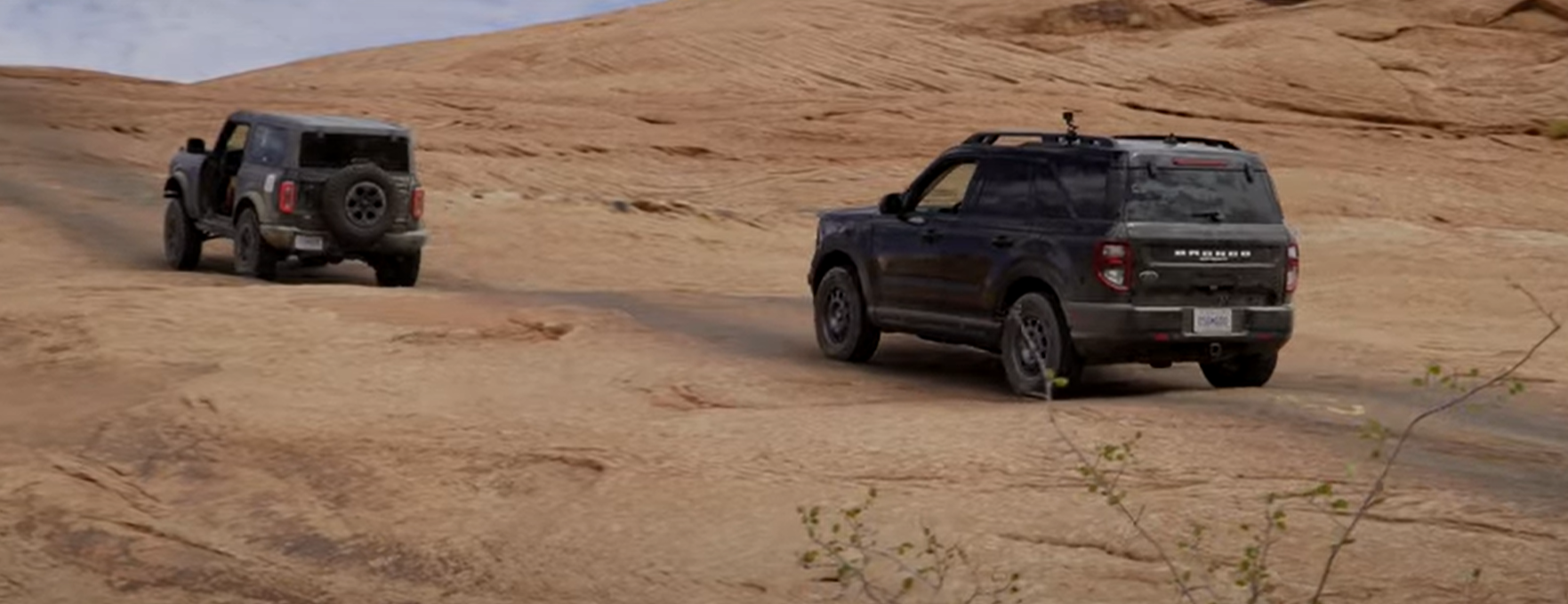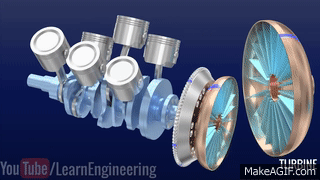 "OPPOsaurus WRX" (opposaurus)
"OPPOsaurus WRX" (opposaurus)
08/14/2020 at 21:16 ē Filed to: None
 0
0
 8
8
 "OPPOsaurus WRX" (opposaurus)
"OPPOsaurus WRX" (opposaurus)
08/14/2020 at 21:16 ē Filed to: None |  0 0
|  8 8 |
when a truck is ascending an incline and the engine revs climb but the tires have traction and not rotating, where does all that twist from the en gine go? How long does that last until something goes boom?

 DipodomysDeserti
> OPPOsaurus WRX
DipodomysDeserti
> OPPOsaurus WRX
08/14/2020 at 21:27 |
|
Depends on what youíre driving. In a Jeep you snap an axle.
 DasWauto
> OPPOsaurus WRX
DasWauto
> OPPOsaurus WRX
08/14/2020 at 21:27 |
|
Torque converter, which will build heat until the weakest link moves . Usually, and ideally, thatís the tires slipping. If you sit there not moving and on the gas long enough but donít apply quite enough torque to break traction you could destroy the torque converter. That would take a fair amount of time though and you will instinctively apply more throttle/torque until something moves.
 gmporschenut also a fan of hondas
> OPPOsaurus WRX
gmporschenut also a fan of hondas
> OPPOsaurus WRX
08/14/2020 at 21:30 |
|
I imagine spinning within the torque converter

 Victorinoo
> OPPOsaurus WRX
Victorinoo
> OPPOsaurus WRX
08/14/2020 at 21:34 |
|
The torque converter is actually a torque multiplier. It will slip until it reaches the rpm where the engine (and force multiplication of the torque converter) are equal to the weight of the vehicle times the cosine of the incline. At this point the forces are equal and as you exceed it you begin to move.
 HFV has no HFV. But somehow has 2 motorcycles
> OPPOsaurus WRX
HFV has no HFV. But somehow has 2 motorcycles
> OPPOsaurus WRX
08/15/2020 at 00:21 |
|
Like other said torque converter. In situations where more torque is required to move the vehicle they slip more. Just like easing out the clutch a bit slower in a manual car.†
 Nauraushaun
> OPPOsaurus WRX
Nauraushaun
> OPPOsaurus WRX
08/19/2020 at 16:52 |
|
Picture you pushing on a wall. Where does the force go?
 OPPOsaurus WRX
> Nauraushaun
OPPOsaurus WRX
> Nauraushaun
08/19/2020 at 20:16 |
|
when i push against the wall, my legs arnít spinning like a piston is.
 Nauraushaun
> OPPOsaurus WRX
Nauraushaun
> OPPOsaurus WRX
08/19/2020 at 22:03 |
|
Good point.
A lot of people are saying torque converter. I wonder what that means for a manual